The U.S. Department of State and the National Archives and Records Administration support international education and research in the interdisciplinary field of heritage science through the Fulbright-National Archives Heritage Science Fellowship. This fellowship places a Fulbright Visiting Scholar at the National Archives and Record Administration’s (NARA) Heritage Science Research and Testing Laboratory in College Park, Maryland alongside NARA’s team of scientists and experts. The award was established to support archival science education, conservation, and research.
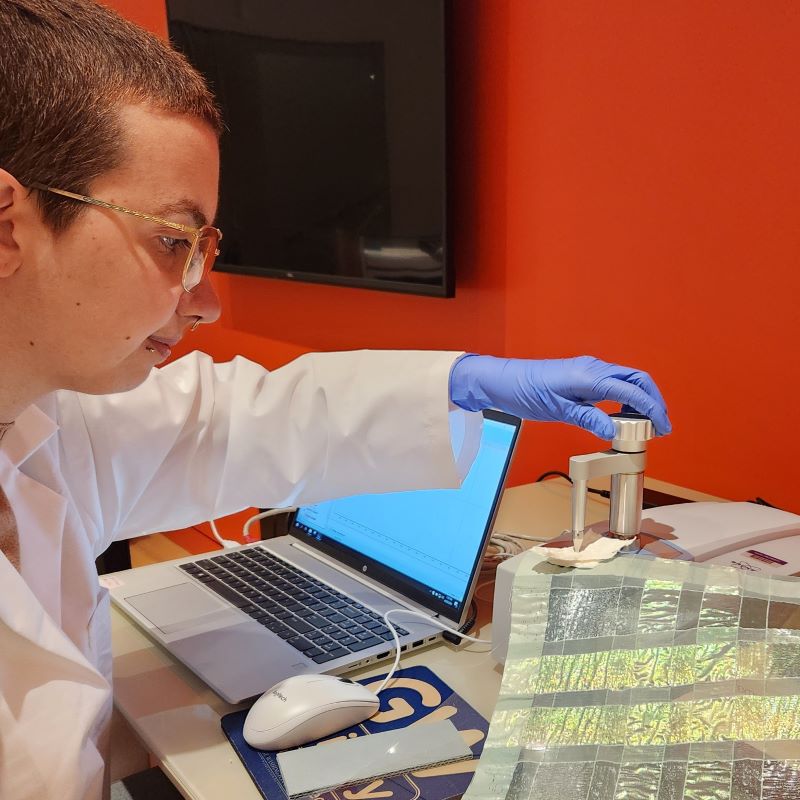
Safeguarding Global Cultural Heritage through Fulbright
The field of heritage science focuses on the care, use, and management of cultural and historic objects using the tools and technology of math, science, and engineering disciplines.
The Fulbright Visiting Scholars share their expertise, developed in their home countries, with those working in heritage science in the United States. While on their Fulbright fellowship, they collaborate with their NARA colleagues to learn about the latest heritage science techniques while they engage in their own research projects, and then bring their new knowledge and networks back to their home institutions and countries to protect cultural heritage. One of these challenges addressed by the Fulbright-National Archives Heritage Science Fellows is the preservation of culturally significant objects and documents. International collaboration is necessary to create innovative solutions to preserve pieces of history that may be subject to different environments, climates, and temperatures across the globe.
The Fulbright-National Archives Heritage Science Fellows test new conservation methods and tools, and study how materials age. NARA provides office and lab space, and state-of-the-art equipment, and colleagues with expertise for the fellows to conduct their own experiments and collaborate on ongoing projects.
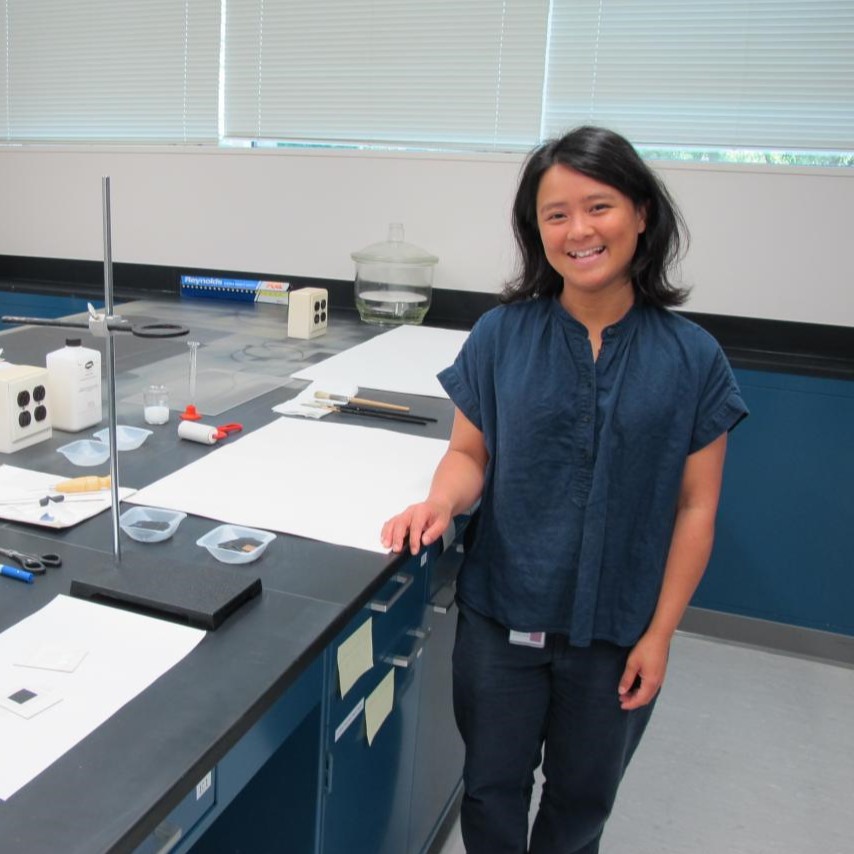
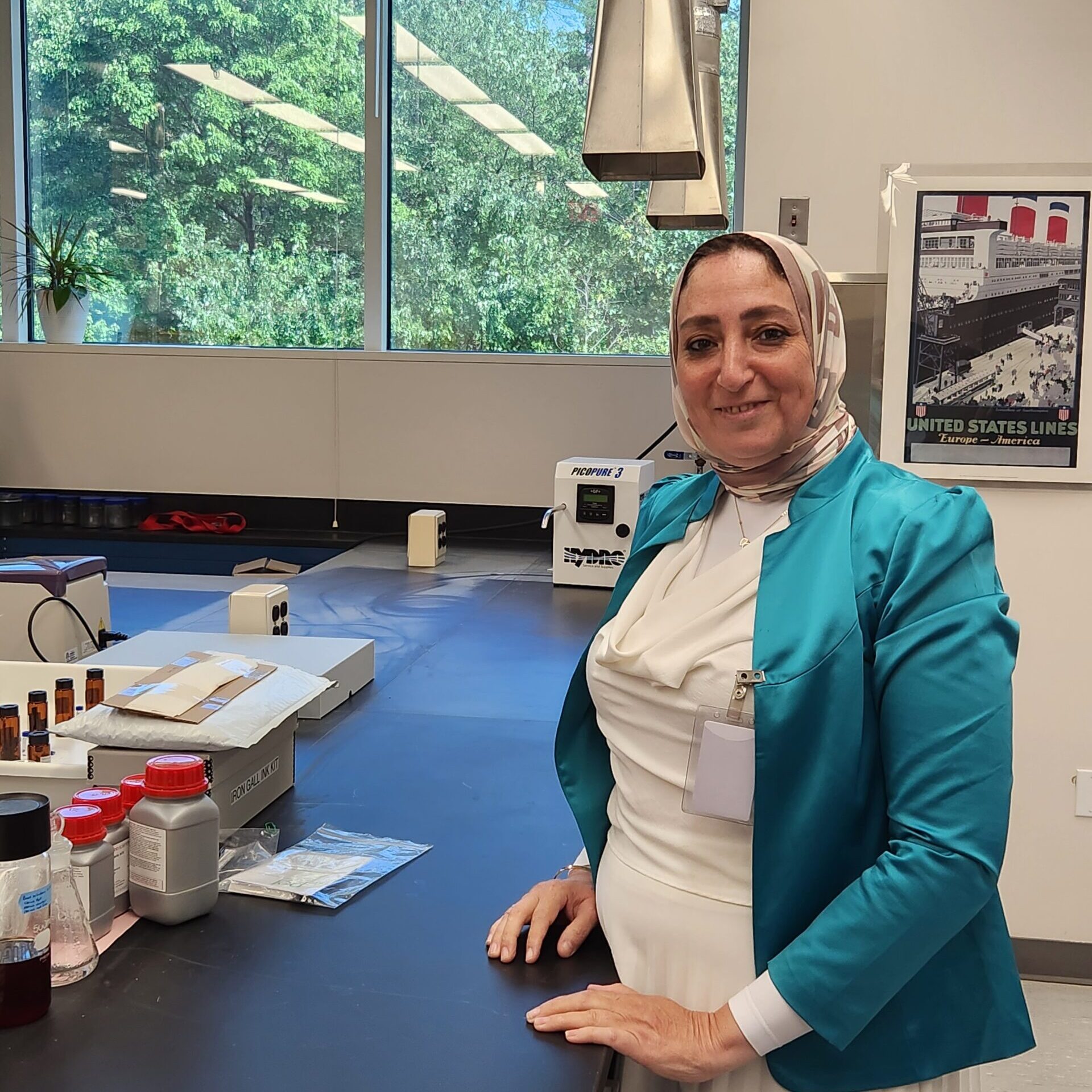
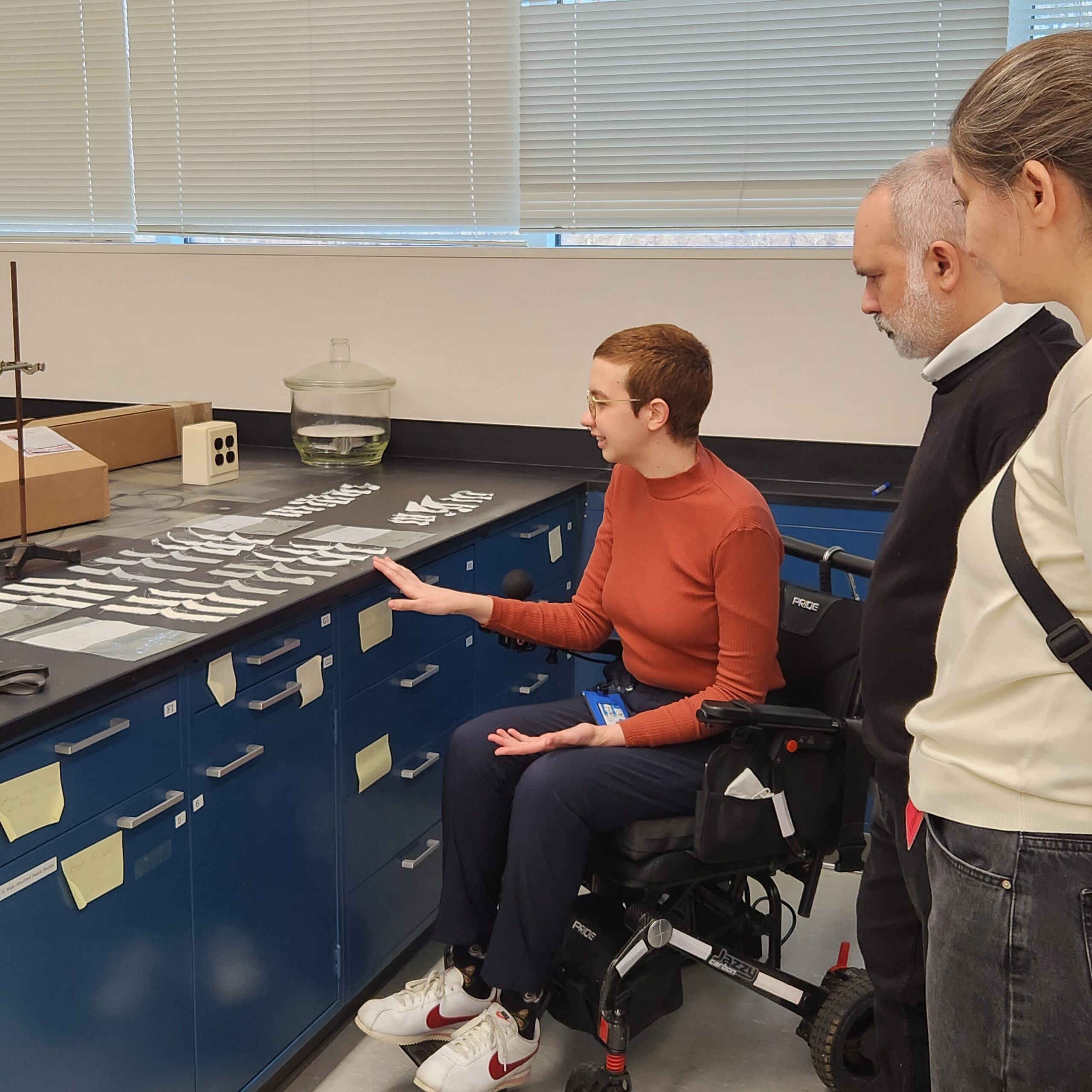
Putting Scientific Theory into Action
When the collaboration between the National Archives and Fulbright began, “we were looking to take our lab to the next level,” said Lindsay Oakley, Director of Heritage Science Research and Testing. In order to reach that goal, Oakley said that NARA “was making sure we were collaborating with academic institutions, and with industry partners. Reaching out and connecting with Fulbright was part of that strategy.”
The first two Fulbrighters hosted at the National Archives benefitted not only from the collaborative research but were welcomed into the U.S. scientific community. Oakley says that at NARA, “as a public service institution, we want to support our scholars in engaging with colleagues and sharing their results as much as possible. Both scholars connected with other institutions to present their work, reaching both undergraduate students to pique their interest in the field of heritage science as well as graduate students in paper and art conservation, who will apply the results of their work to their regular practice.”
The inaugural Fulbright-National Archives Fellow in 2022-2023 was Cancy Chu, who was a PhD candidate from the University of Melbourne’s Grimwade Centre for Cultural Materials Conservation. In Australia, Chu had been researching synthetic paper, which contains plastic components, and changes over time in ways that are not as predictable to conservators as paper with natural fibers. Chu’s project was to test over 160 plastic adhesives to find which kind would be best to repair book and periodical covers made from synthetic paper, which has been common since the 1990s. She told the National Archives News that she “really appreciated being part of the Heritage Science team,” especially the opportunities to see the wide range of projects that enter their lab and scientific techniques used to address them.

One of our goals for the research that we do in the lab is to always turn it into information that is actionable, whether that is for archivists or conservators or the general public.”
Lindsay Oakley
Director of Heritage Science Research and Testing
National Archives and Record Administration
“I admire the collegiality at the National Archives and with this team in particular,” Chu said. “I loved the sense of joy that people have in their work around here. That kind of community is so important to doing great work. I want to hold on to that and bring that wherever I go in the future.” Since returning to Australia and starting her position at the National Museum of Australia in Canberra, she has presented her ongoing research at national conferences.
The Fulbright-National Archives welcomed their second Fulbrighter in 2023. Laís Feltrin Sidou, a PhD candidate in the Social Memory and Cultural Heritage program at the Federal University of Pelotas, Brazil, first learned about different materials and fabrics on the industry side of fashion. However, she saw that her knowledge of textiles, gained from her experience and master’s research with dyes, might have important applications beyond fashion. She was motivated to become a researcher and Fulbrighter in order to “make a difference.” Her current research provides a bridge between the immediate needs of industry—to create durable materials for specific and often short-term purposes—and the long-term needs of countries, societies, and cultures to preserve objects and materials of importance to them.
Sidou’s work focuses on the preservation of everyday fabrics such as rayon, nylon and polyester that might have extraordinary histories and been used or worn by important historical figures. She tested fabrics in the lab to develop recommendations for archival storage standards. She says that “NARA itself holds some textile artifacts, and it has been both intriguing and rewarding to uncover some of the history and information on these objects that don’t get researched very often.”
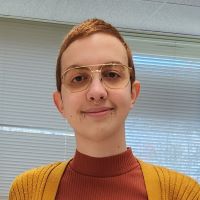
The Fulbright-National Archives Fellowship allowed me “to collaborate with the excellent researchers on staff, access the equipment I needed to conduct my project, and connect with other heritage institutions and researchers in the area.”
Laís Feltrin Sidou
2023-2024 Fulbright-NARA Heritage Science Fellow
In 2024, The National Archives welcomed their third Fulbright-National Archives fellow, Dr. Rasha Ahmed Elsaid Shaheen, who works to preserve historically significant photos as a senior conservator at the Egyptian Museum in Cairo. Her research focuses on black-and-white gelatin heritage photographic prints, which are susceptible to attacks from fungi or bacteria. She is researching whether certain nanomaterials such silver or titanium dioxide can be used in treatments to combat microbiological damage without causing additional visual changes to the photographs themselves, especially as they continue to age. Her study aims to offer practical, tested solutions for biological remediation, a common issue faced by many institutions worldwide.
Shaheen says that “The ultimate goal is to contribute to the development of preservation techniques, and to ensure the safety and visual quality of heritage photographs. Personally and professionally, this project aligns with my commitment to advancing preservation techniques, contributing to the scientific community, and fostering international collaborations. Collaborating with U.S. experts and institutions, particularly NARA, will foster knowledge exchange, sharing of best practices, and joint efforts in tackling common challenges in heritage preservation.”
An Opportunity for Broad Collaboration
Both Chu and Sidou also remarked on how the team at the National Archives helped them make connections to other heritage science scholars and facilitated visits to neighboring institutions. Chu presented her work at two colleges, spoke with conservation students about plastics, and met another visiting conservation fellow at the National Gallery of Art who was also working on synthetic paper. Sidou collaborated with the University of the District of Columbia, the Library of Congress, and the Textile Museum at George Washington University. Sidou has also been able to collaborate with the University of São Paulo and the University of California, Los Angeles to collect data through her values and significance survey. This survey allows both Brazilian and American members of the general public and those who work in the heritage sector to answer questions about the value of particular objects and their expectations for the durability of particular materials. In this way, Sidou’s research can see if the expectations of experts match those of the public, and compare insights between cultural contexts.
The Fulbright-National Archives Heritage Science fellows are also cultural ambassadors in the United States, who are eager to share their culture. Shaheen is excited to have her research not only contribute to a “global knowledge base in heritage science but also provide valuable insights for preserving cultural heritage in Egypt.” She adds that the “collaboration with NARA will facilitate the exchange of expertise, fostering mutual understanding and respect for each other’s cultural heritage. The project’s impact extends beyond conservation methods, fostering cultural diplomacy and strengthening ties between the U.S. and Egyptian heritage communities.” Similarly, Sidou says that her immersion in these communities “allowed for great cultural exchange opportunities with people from all around the world!”
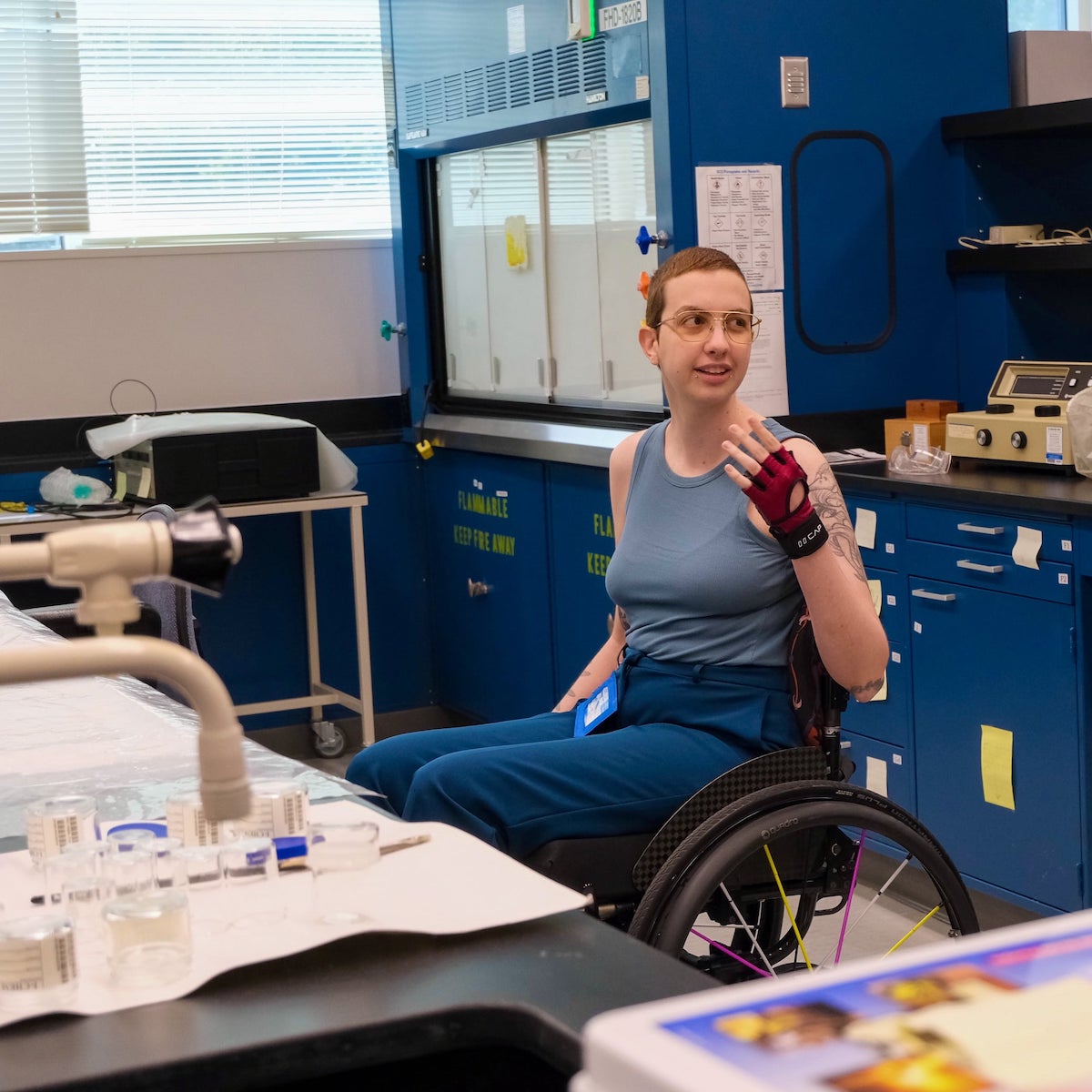
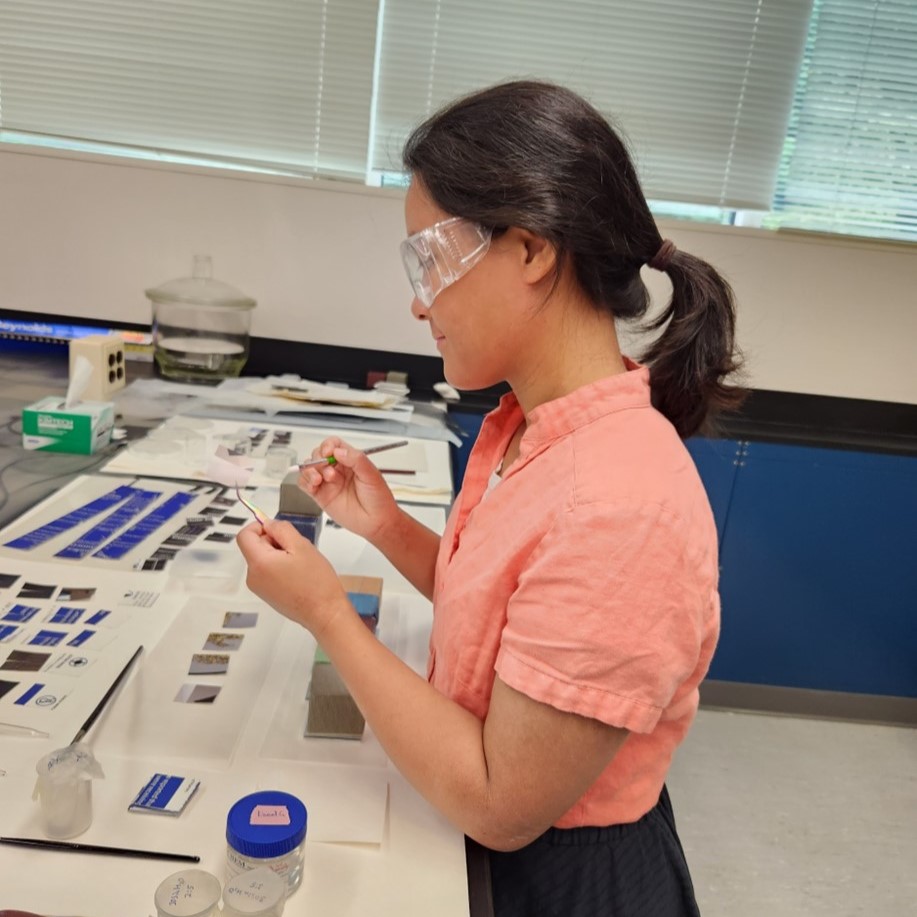
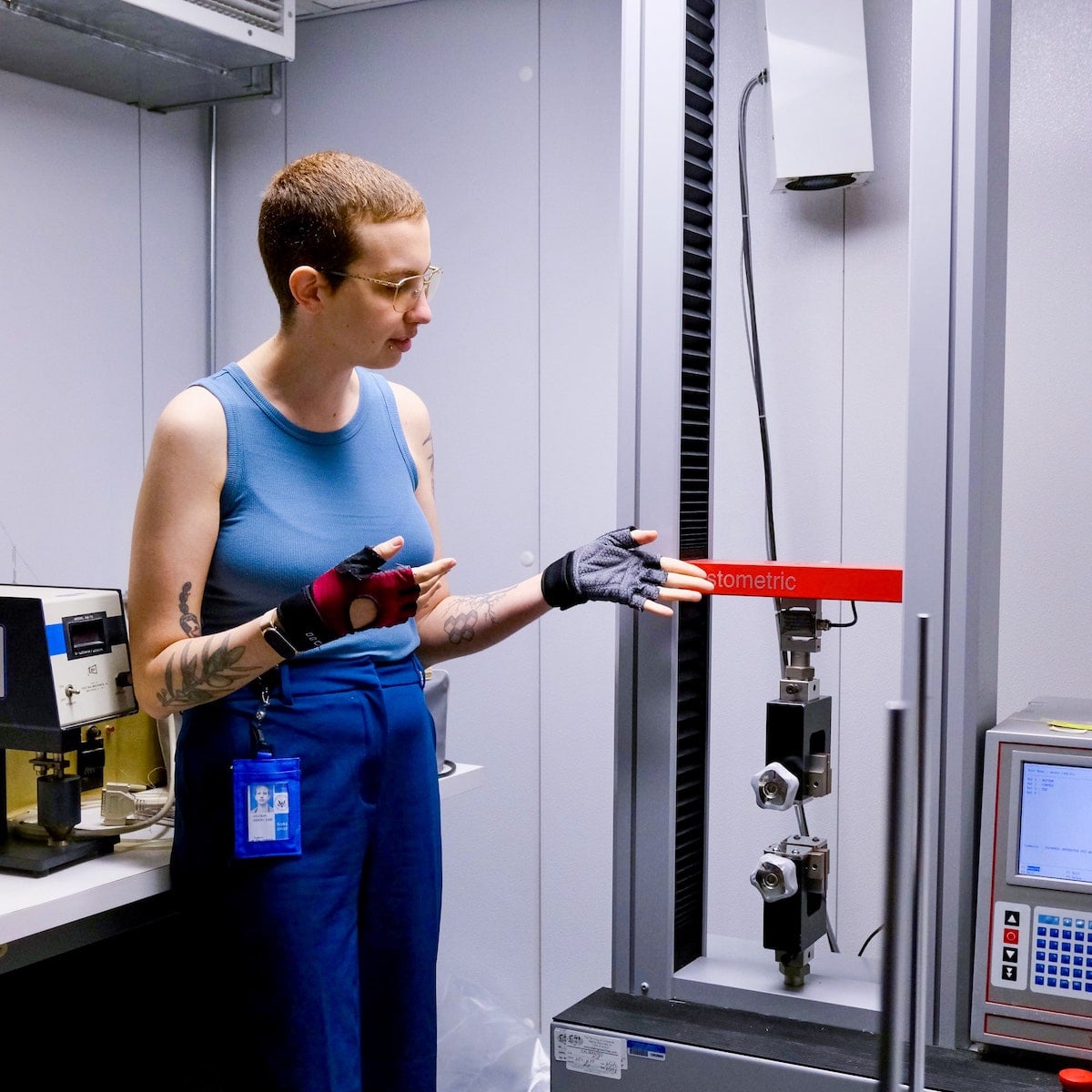
Fulbright-National Archives Heritage Science Fellowship
This award is a component of the Fulbright Visting Scholars Program. For detailed eligibility information and links to the application, visit National Archives and Record Administration | Fulbright Scholar Program (fulbrightscholars.org)